Monuments man: race car driver turned artist Salvatore Scarpitta's radical realist works
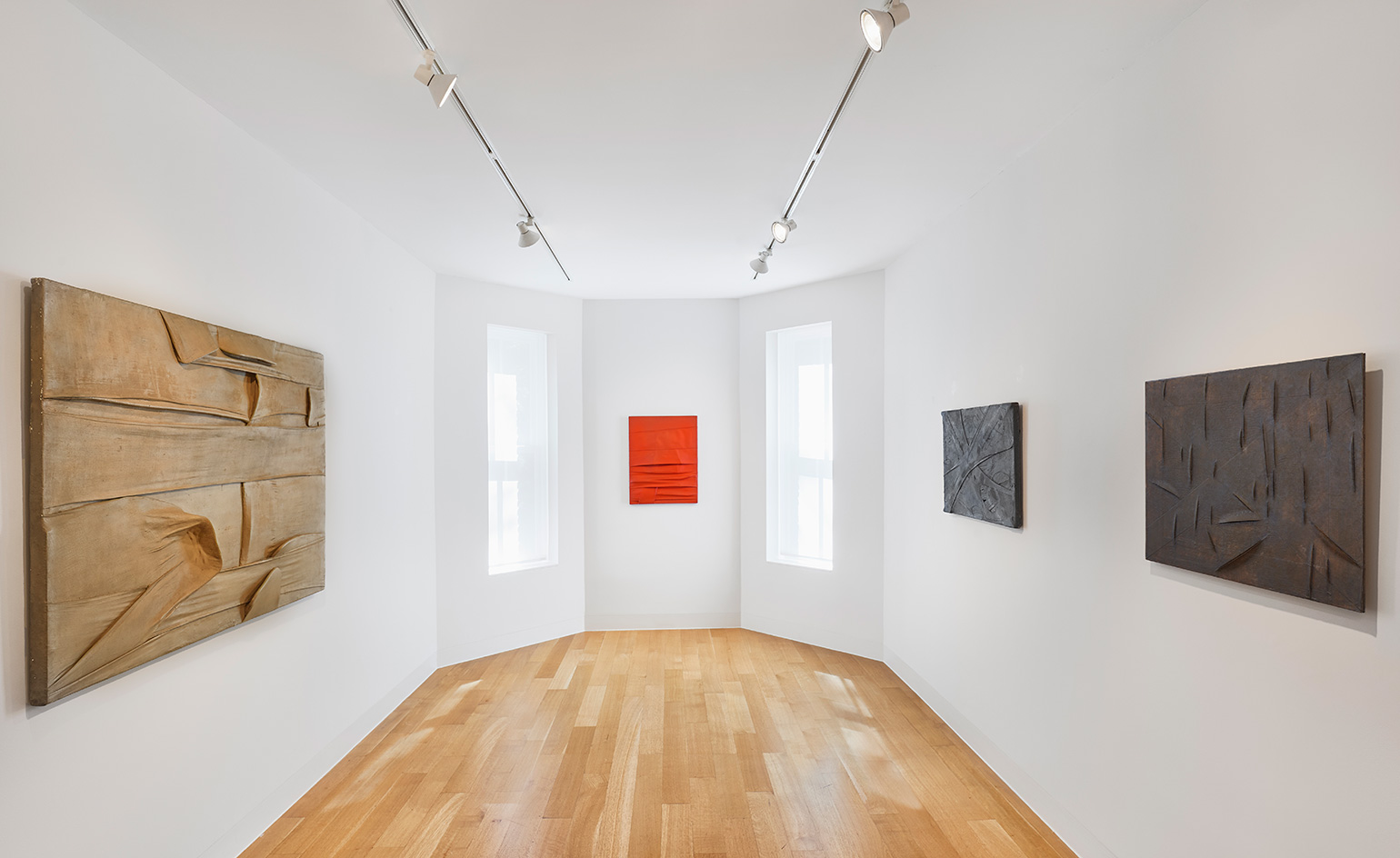
While fighting for the US navy during the Second World War, Italian-American artist Salvatore Scarpitta was a 'monuments man' – part of a team that traced and catalogued artworks stolen by the Nazis. This name now takes on new meaning, as an eight-year slice of the artist's monumental oeuvre goes on display at Luxembourg & Dayan in New York.
From wartime detective to race car driver, Scarpitta was a man of many talents. This is reflected in his varied artistic practice, which ranges from visceral, 3D canvases to sculpted reconstructions of automobiles. Despite this broad opus, Scarpitta – who was represented by Leo Castelli – remains lesser-known than other post-war artists linked to the legendary dealer (think Rauschenberg, Twombly, Ruscha, Warhol). Luxembourg & Dayan's timely exhibition makes moves to alter this perception, giving a niche – yet important – portion of Scarpitta's work the space and clarity it deserves.
The display spans between two pivotal moments that defined Scarpitta's career: his 'bandage' paintings from the late 1950s, and his shift away from the canvas towards artistically re-building race cars in 1964. These cosmic shifts, like spokes in a wheel, gave the artist's long career momentum, but left him tricky to categorise or define, exacerbated by his mix of Italian and American influences.
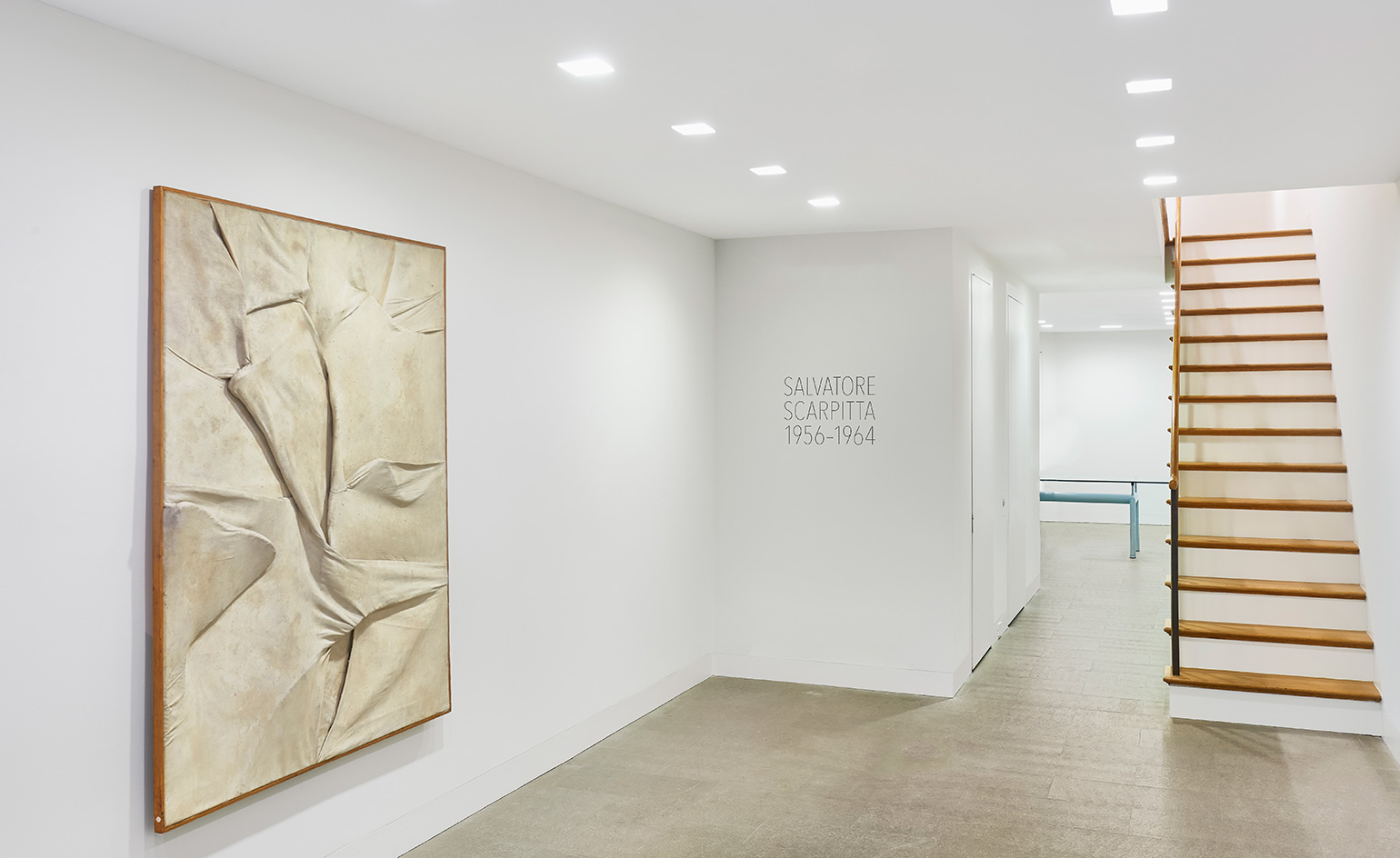
Installation view of 'Salvatore Scarpitta, 1956–1964' at Luxebourg Dayan
'In 1958, Scarpitta returned to New York from Rome, where he had been living for almost two decades,' Amalia Dayan explains. 'He acted as a sort of one-man bridge between these two worlds, and this body of work captures his responses to these multiple political, cultural and artistic influences swirling around him from both directions.' From his 1956 Sul limite e oltre (Composizione), remnants of Scarpitta's Italian-inspired, expressionistic touch can still be felt. Later, we trace his turn towards a more graphic language, incorporating components of Hollywood race car culture, as in the seatbelts of Tishamingo (For Franz Kline), from 1964. The artist himself once said, 'I felt that I had something to say in that period of, shall we say, the American background as the stimulus of those works, and the racing cars were my way of showing that I, too, knew something of America.'
With such dualities crashing together in the work, picking this exploratory period to focus on was a genius move from dynamic power-duo Dayan and Daniella Luxembourg. But it wasn't without its difficulties. 'Scarpitta's works are scattered all over – many are in collections in Europe – so the process of hunting them down was quite intense,' Dayan reveals. 'But having the tight, eight-year parameter also opens up a different kind of creativity, since it allows us to take a scholarly approach and to really dive into historical detail and context.' The deft academic qualities of the show do not outweigh its aesthetic ones, helping to make Scarpitta's posthumous legacy ever more important.
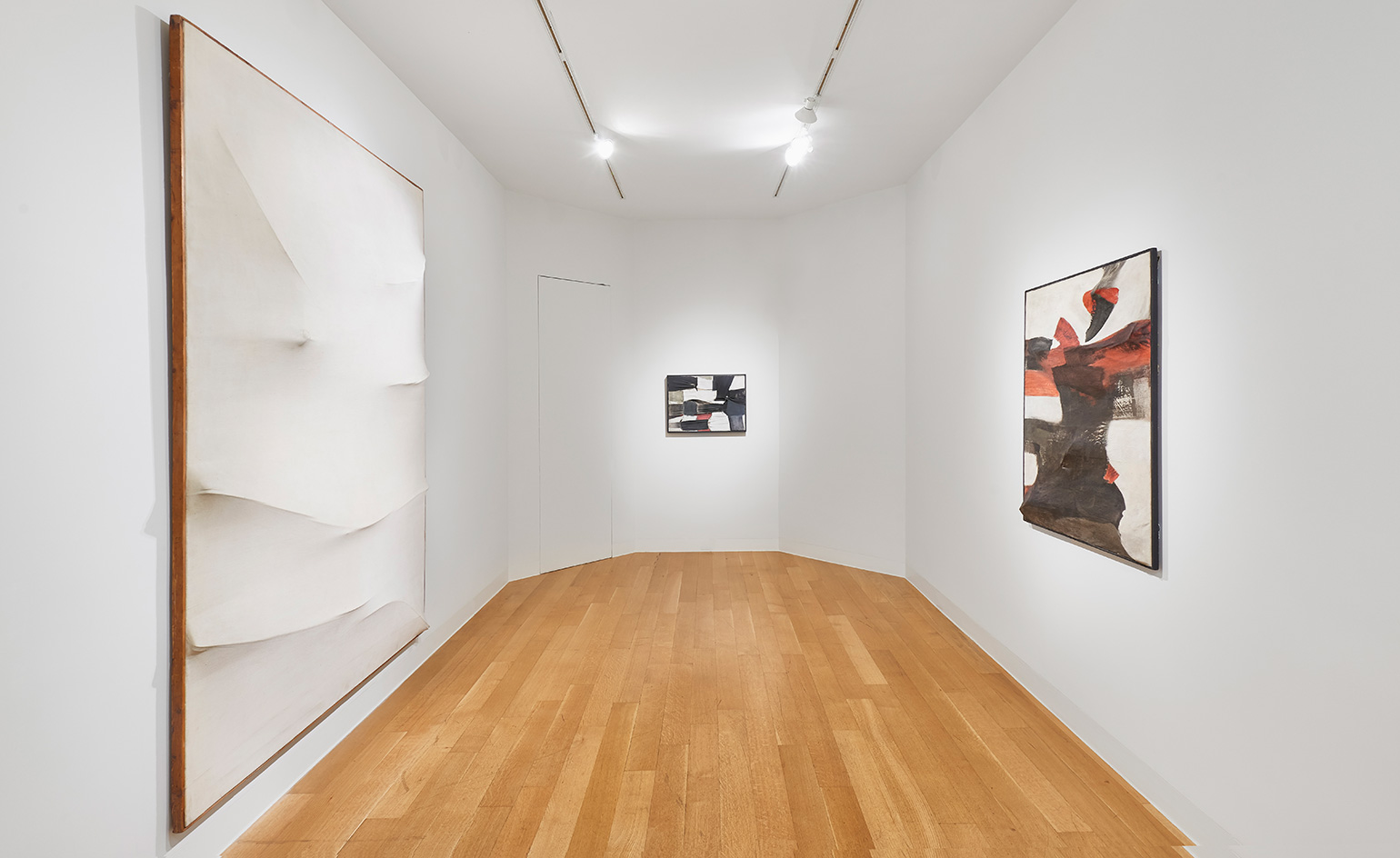
Scarpitta – who was represented by Leo Castelli – remains lesser-known than other post-war artists who had links to the legendary dealer
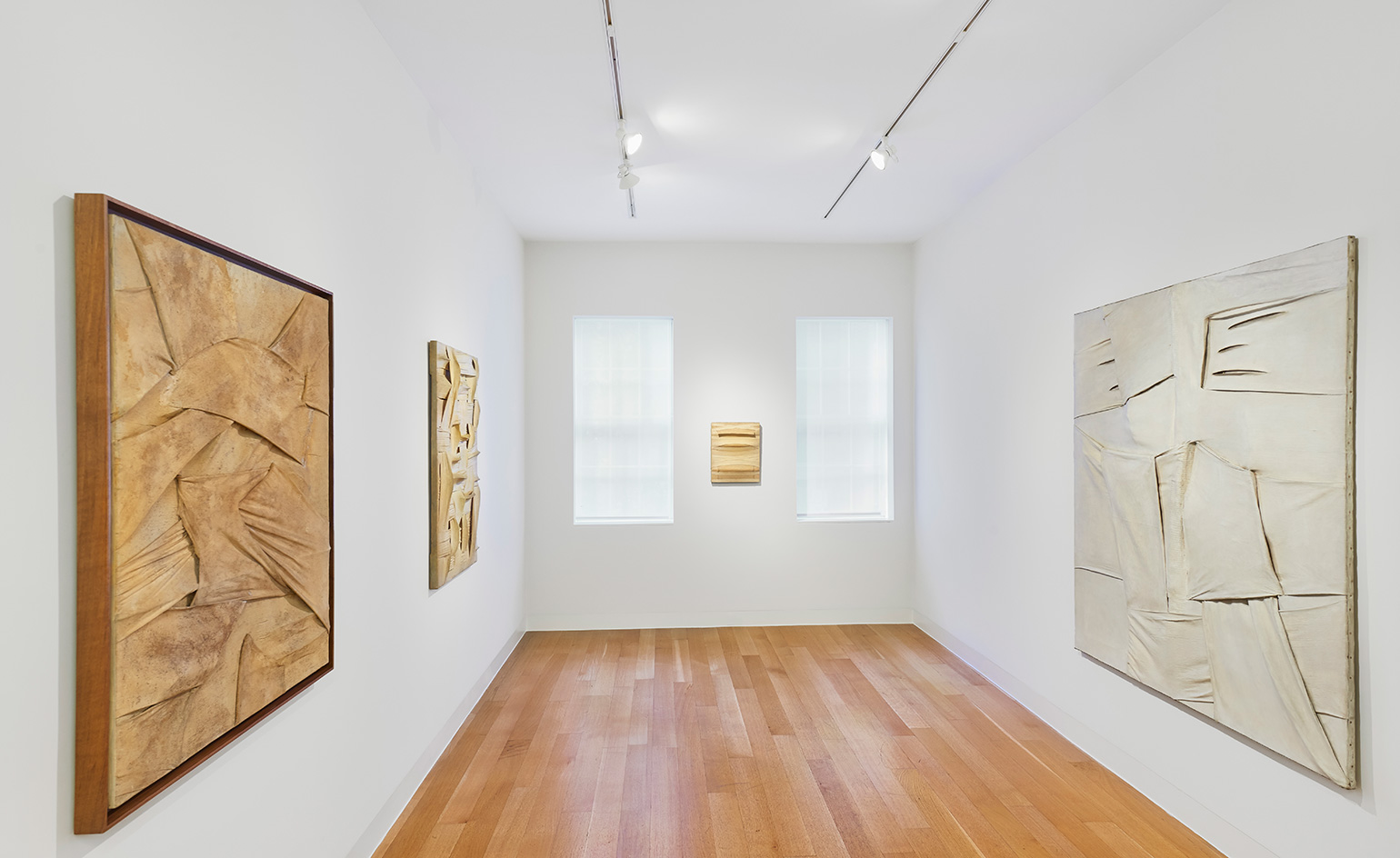
This timely exhibition makes moves to alter this perception, giving a niche, yet important, portion of Scarpitta's work the space and clarity it deserves
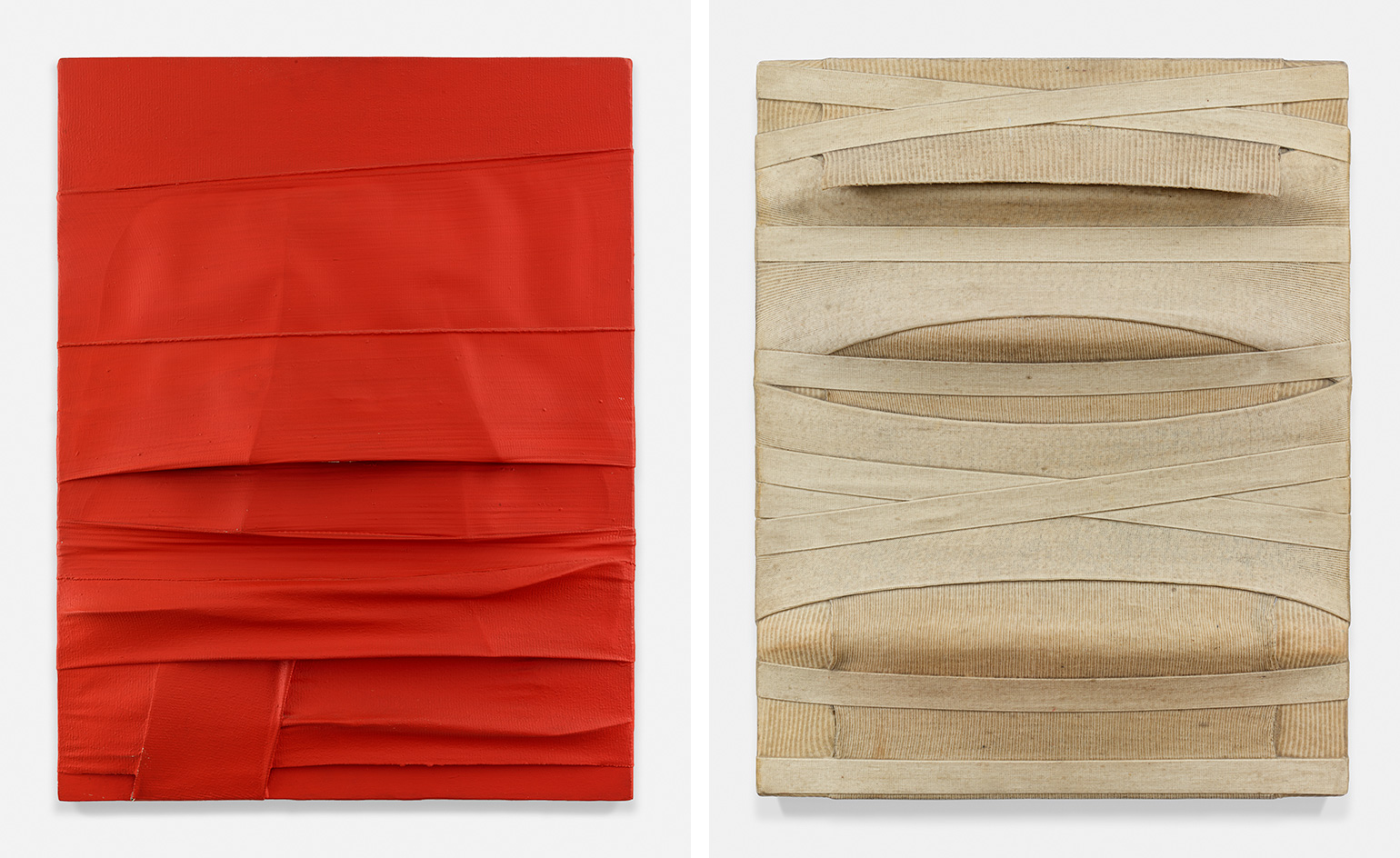
Pictured left: Mail Box, 1960. Right: Racer, 1959. © Stella Alba Cartaino. Private collection.
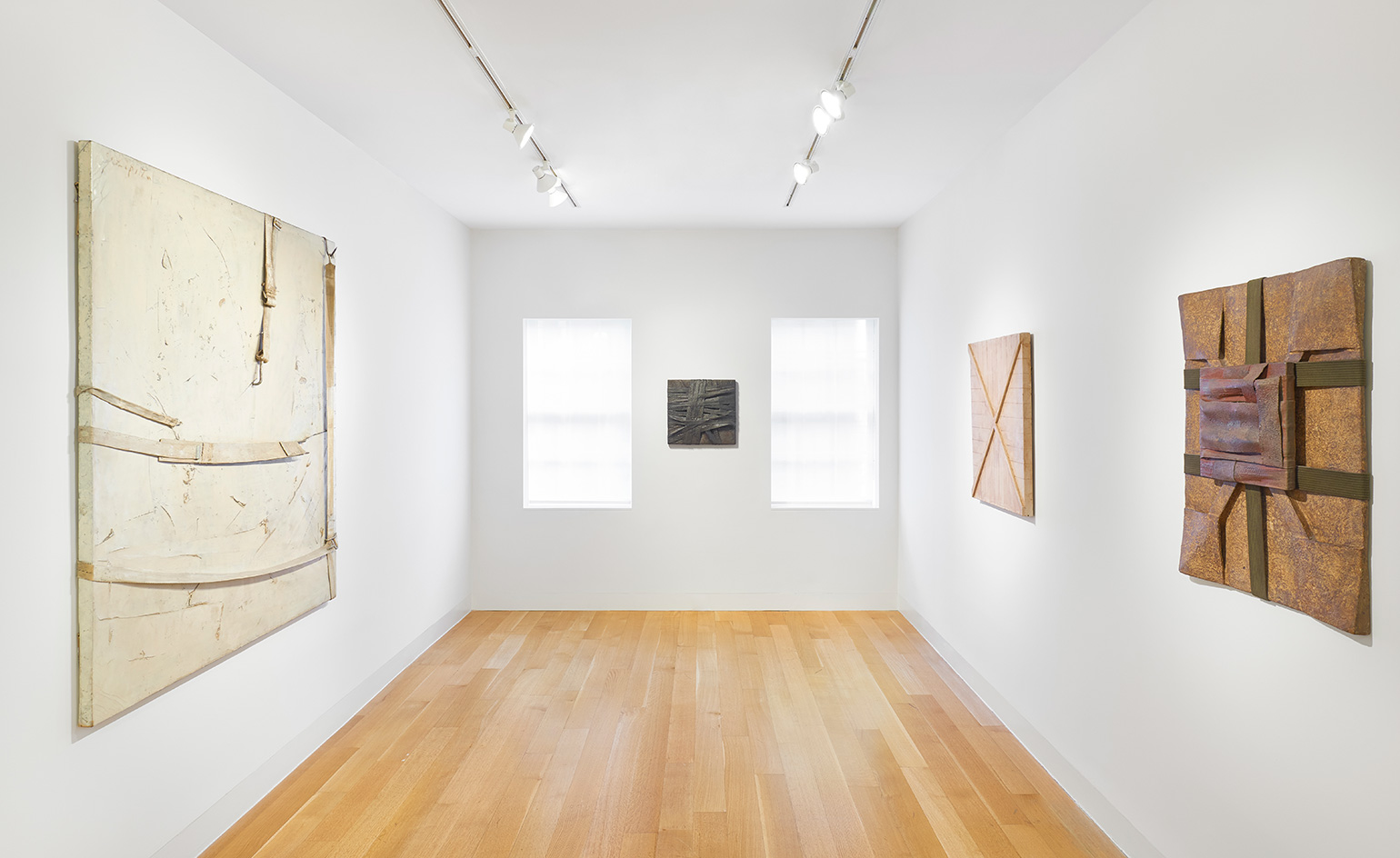
'Having the tight, eight-year parameter... allows us to take a scholarly approach and to really dive into historical detail and context,' explains Amalia Dayan of the show's curation
INFORMATION
’Salvatore Scarpitta, 1956–1964’ is on view until 23 December. For more information, visit the Luxembourg & Dayan website
ADDRESS
Luxembourg & Dayan
64 E 77th Street
New York, NY 10075
Receive our daily digest of inspiration, escapism and design stories from around the world direct to your inbox.
Elly Parsons is the Digital Editor of Wallpaper*, where she oversees Wallpaper.com and its social platforms. She has been with the brand since 2015 in various roles, spending time as digital writer – specialising in art, technology and contemporary culture – and as deputy digital editor. She was shortlisted for a PPA Award in 2017, has written extensively for many publications, and has contributed to three books. She is a guest lecturer in digital journalism at Goldsmiths University, London, where she also holds a masters degree in creative writing. Now, her main areas of expertise include content strategy, audience engagement, and social media.
-
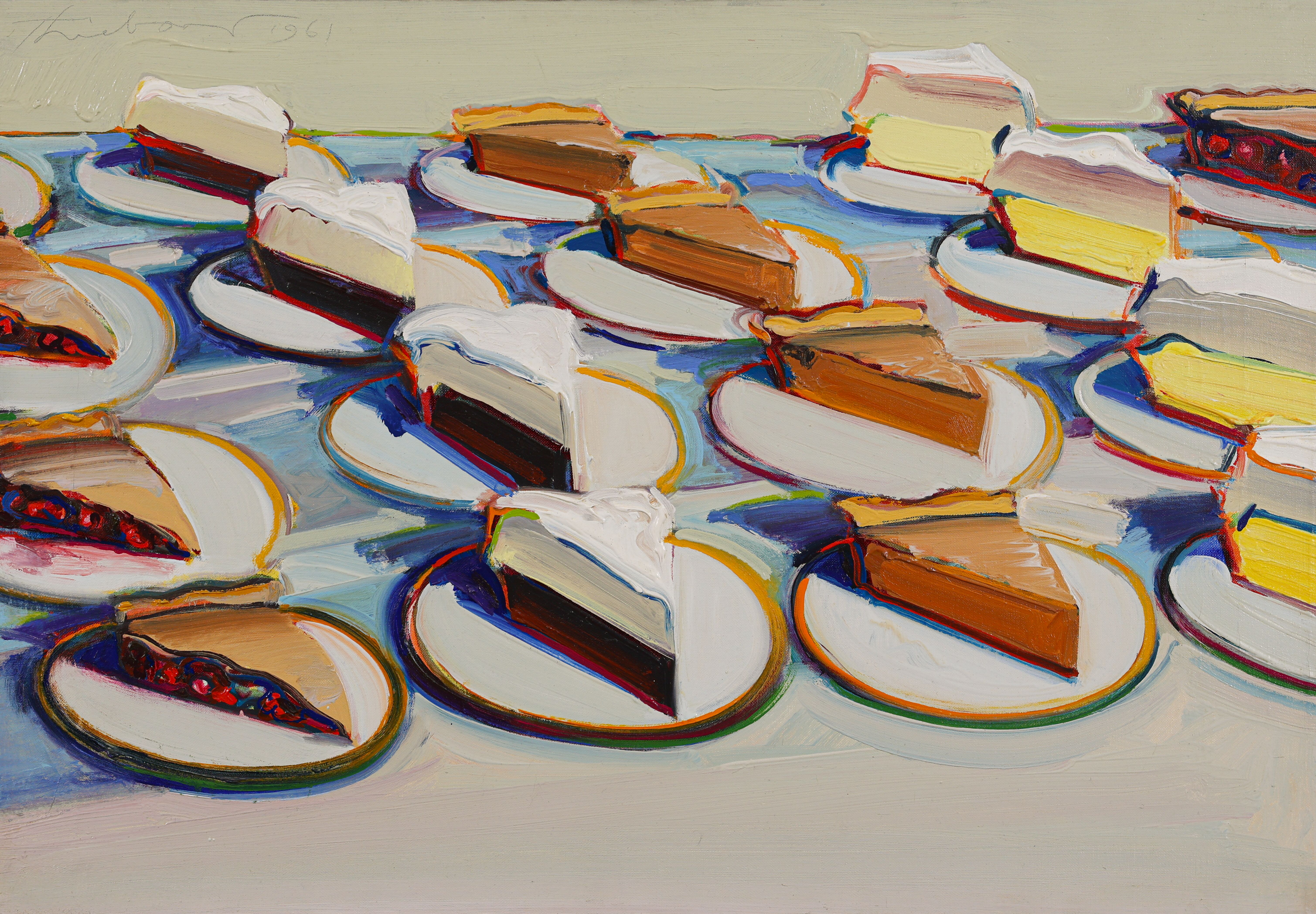 Why are Wayne Thiebaud’s paintings at the Courtauld quite so tempting?
Why are Wayne Thiebaud’s paintings at the Courtauld quite so tempting?The American artist’s thickly painted slices of cake at the Courtauld are some of our favourite artworks seen this year. What makes them so special?
-
 Taiwan’s new ‘museumbrary’ is a paradigm-shifting, cube-shaped cultural hub
Taiwan’s new ‘museumbrary’ is a paradigm-shifting, cube-shaped cultural hubPart museum, part library, the SANAA-designed Taichung Green Museumbrary contains a world of sweeping curves and flowing possibilities, immersed in a natural setting
-
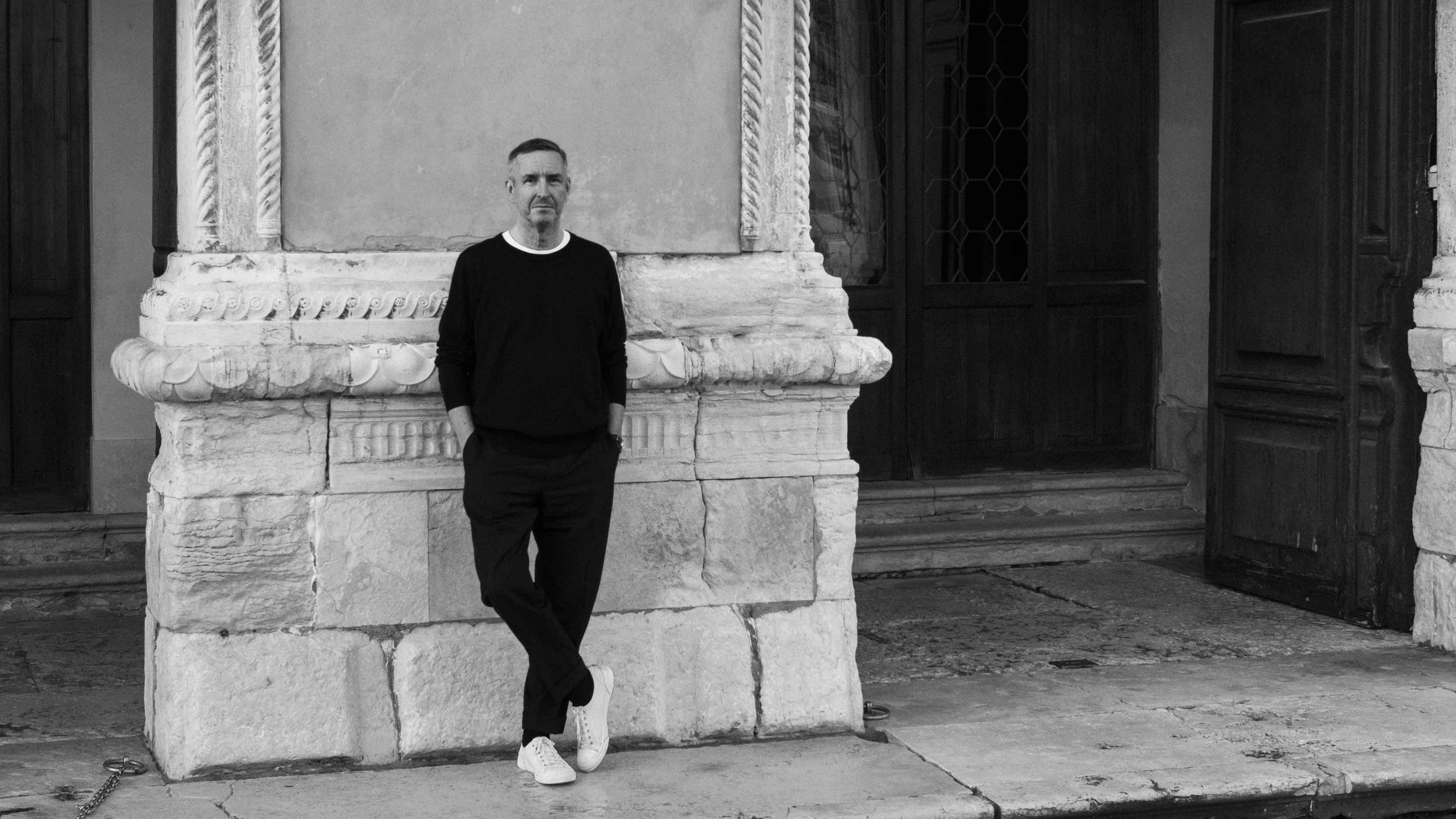 Dries van Noten on why he's building a new home for craft in Venice
Dries van Noten on why he's building a new home for craft in VeniceA year after departing the runway, Dries van Noten unveils his next chapter: the Fondazione Dries Van Noten, a newly announced cultural initiative in Venice celebrating craft in all its forms. Wallpaper meets the designer to find out why he’s not ready to retire.
-
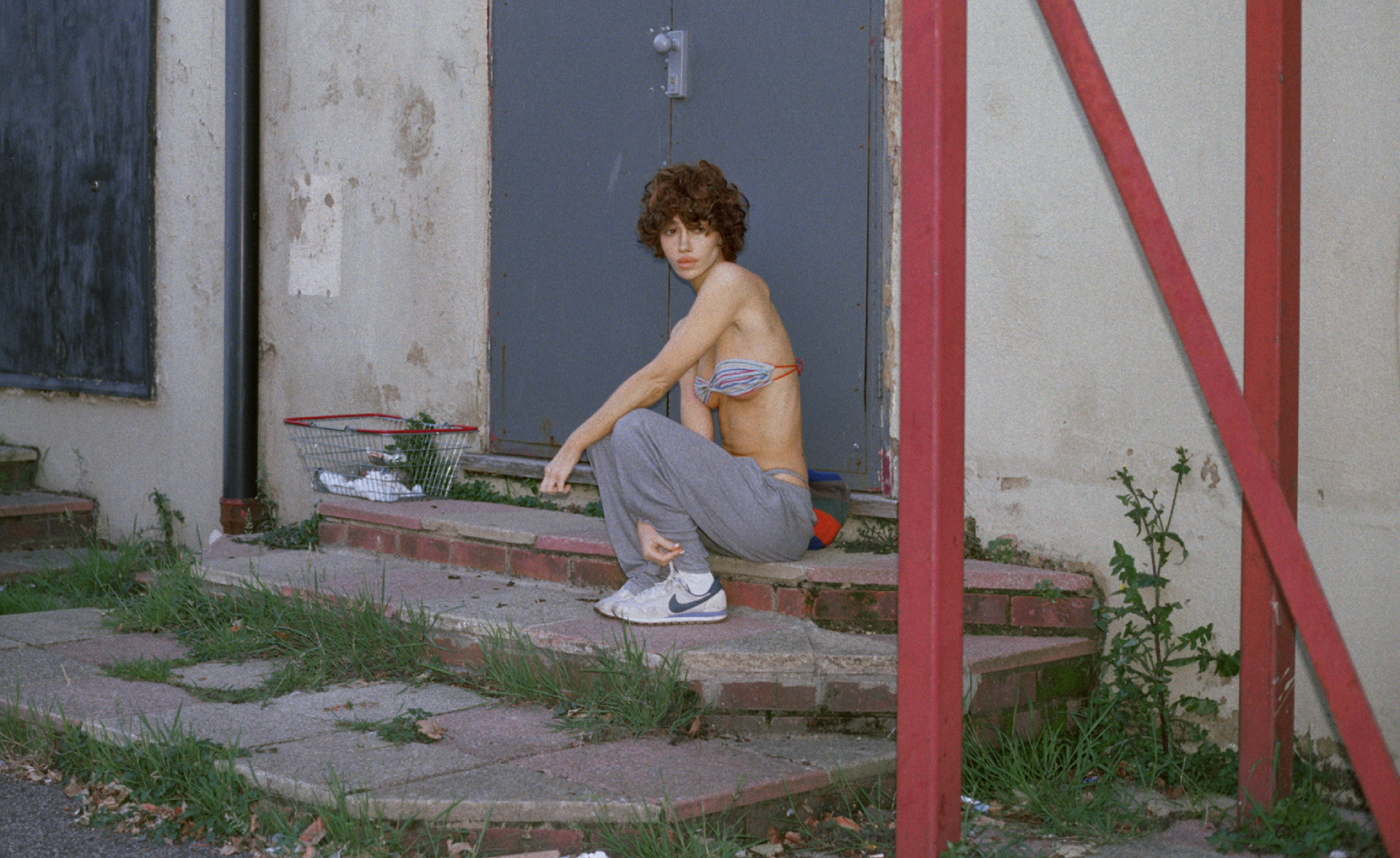 Nadia Lee Cohen distils a distant American memory into an unflinching new photo book
Nadia Lee Cohen distils a distant American memory into an unflinching new photo book‘Holy Ohio’ documents the British photographer and filmmaker’s personal journey as she reconnects with distant family and her earliest American memories
-
 Out of office: The Wallpaper* editors’ picks of the week
Out of office: The Wallpaper* editors’ picks of the weekIt’s been a week of escapism: daydreams of Ghana sparked by lively local projects, glimpses of Tokyo on nostalgic film rolls, and a charming foray into the heart of Christmas as the festive season kicks off in earnest
-
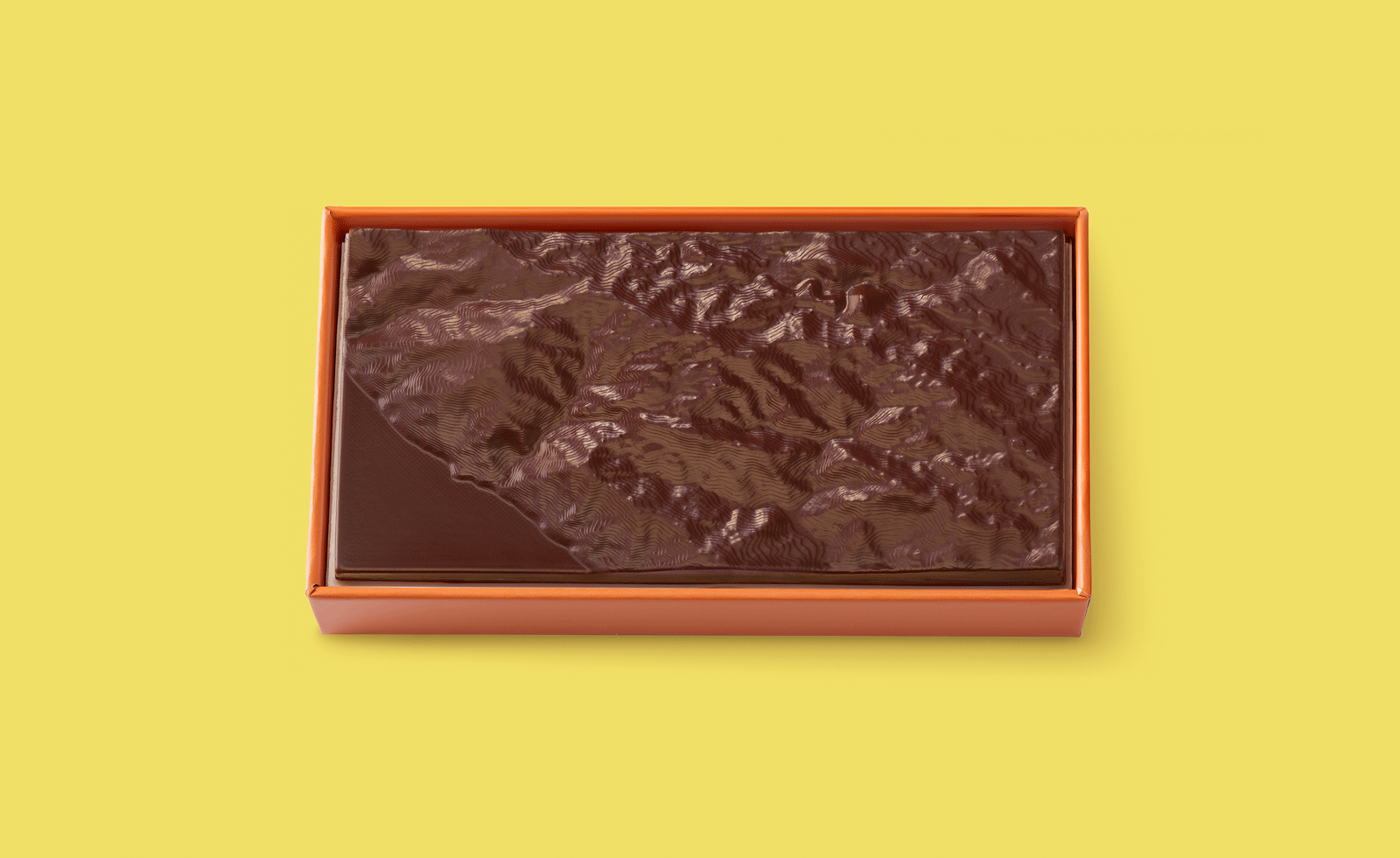 Ed Ruscha’s foray into chocolate is sweet, smart and very American
Ed Ruscha’s foray into chocolate is sweet, smart and very AmericanArt and chocolate combine deliciously in ‘Made in California’, a project from the artist with andSons Chocolatiers
-
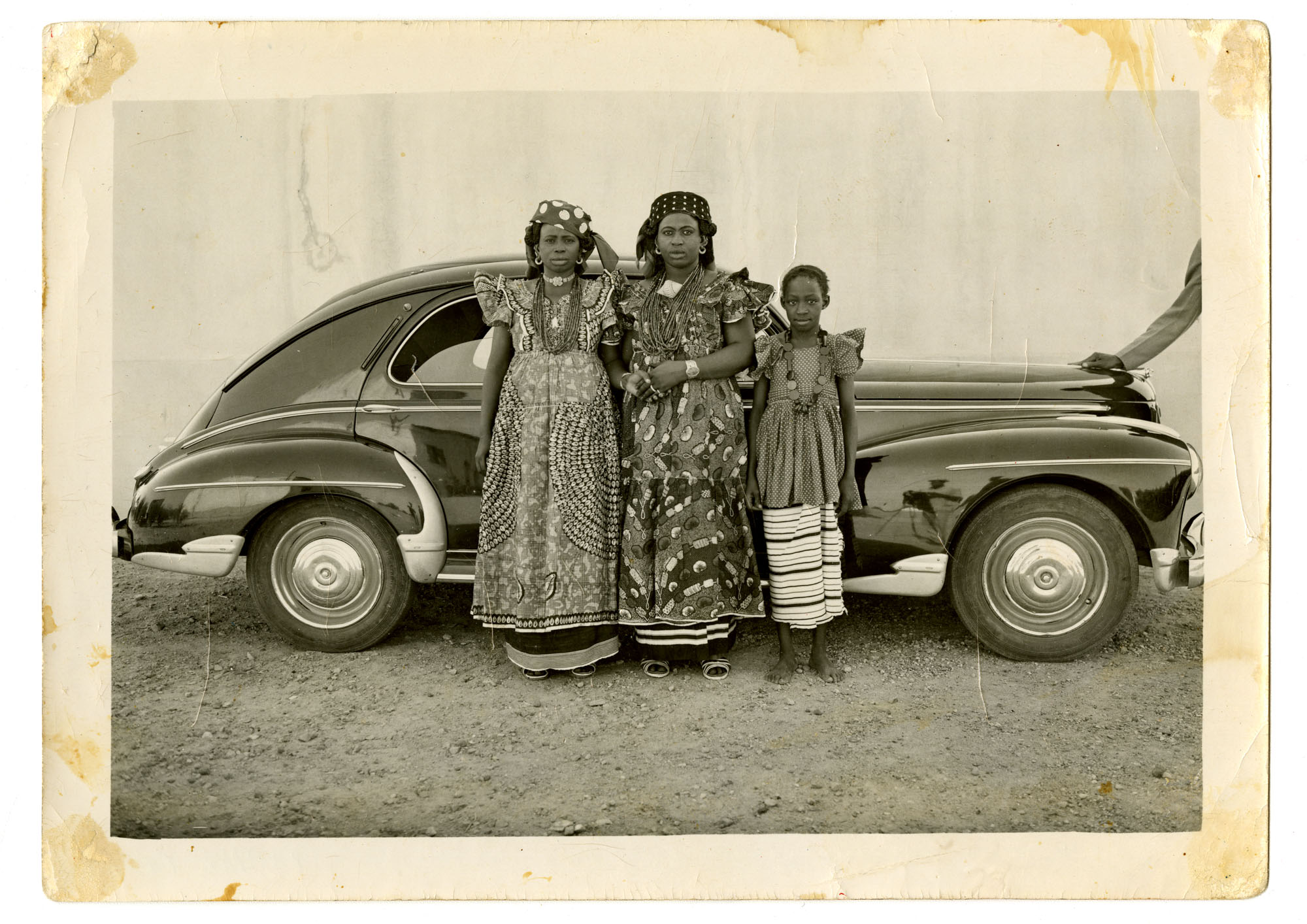 Inside the work of photographer Seydou Keïta, who captured portraits across West Africa
Inside the work of photographer Seydou Keïta, who captured portraits across West Africa‘Seydou Keïta: A Tactile Lens’, an exhibition at the Brooklyn Museum, New York, celebrates the 20th-century photographer
-
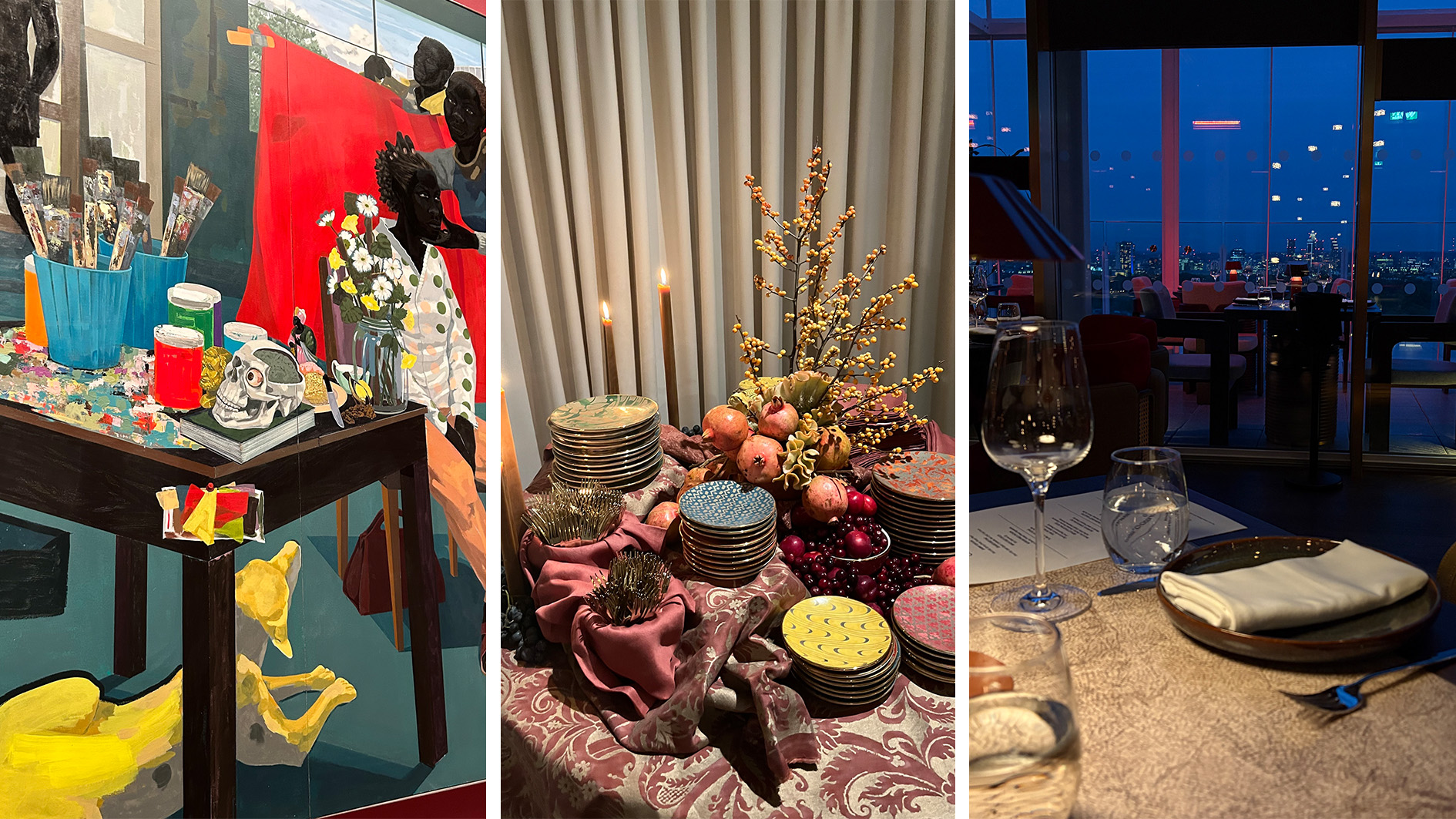 Out of office: The Wallpaper* editors’ picks of the week
Out of office: The Wallpaper* editors’ picks of the weekFrom sumo wrestling to Singaporean fare, medieval manuscripts to magnetic exhibitions, the Wallpaper* team have traversed the length and breadth of culture in the capital this week
-
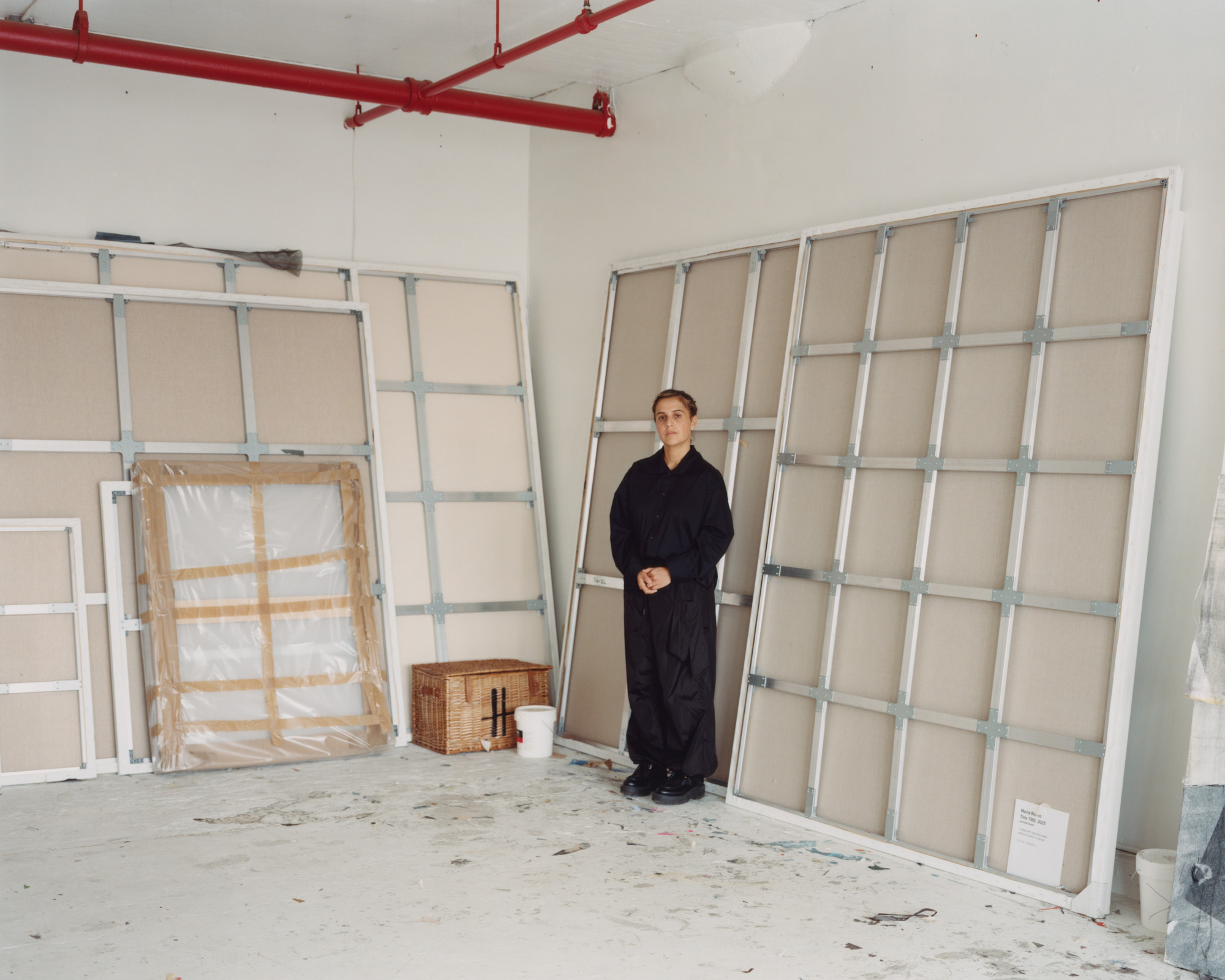 María Berrío creates fantastical worlds from Japanese-paper collages in New York
María Berrío creates fantastical worlds from Japanese-paper collages in New YorkNew York-based Colombian artist María Berrío explores a love of folklore and myth in delicate and colourful works on paper
-
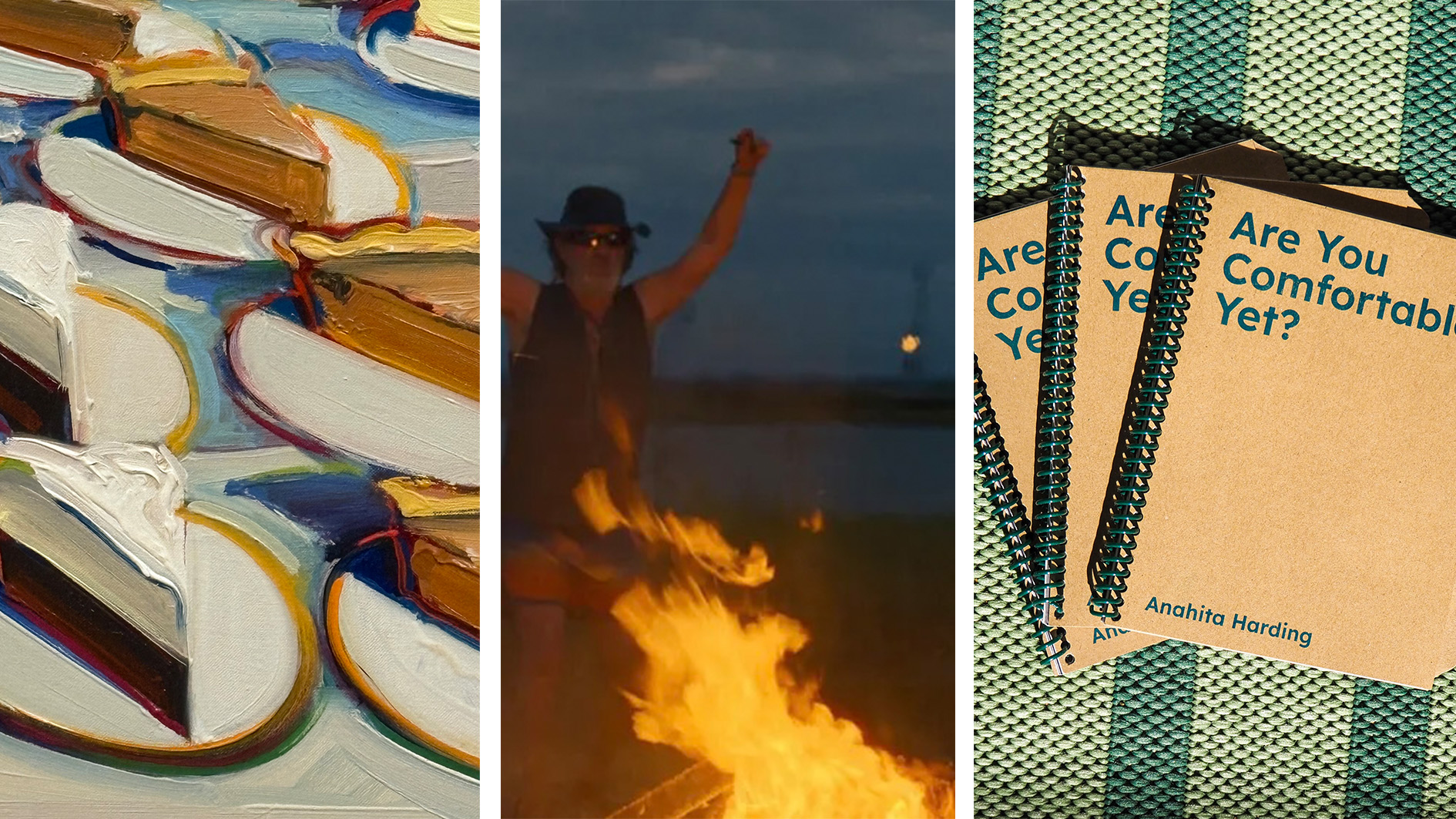 Out of office: the Wallpaper* editors’ picks of the week
Out of office: the Wallpaper* editors’ picks of the weekAs we approach Frieze, our editors have been trawling the capital's galleries. Elsewhere: a 'Wineglass' marathon, a must-see film, and a visit to a science museum
-
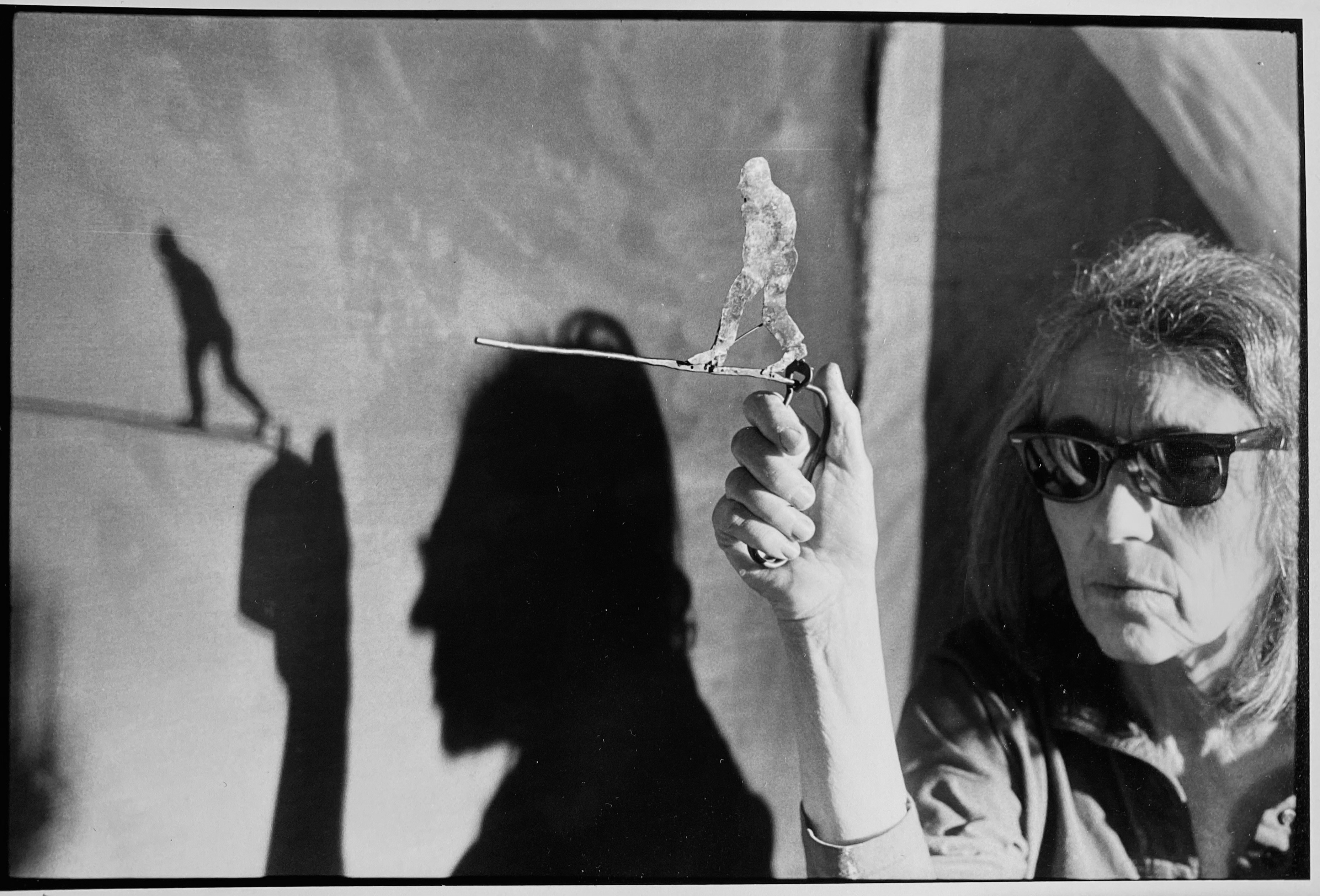 June Leaf’s New York survey captures a life in motion
June Leaf’s New York survey captures a life in motionJune Leaf made art in many forms for over seven decades, with an unstoppable energy and fierce appetite leading her to rationalise life in her own terms.